Summary
The lake is situated in the Uinta-Wasatch-Cache National Forest and offers a serene environment for fishing. The lake is known for its abundance of trout species, including rainbow trout, brook trout, and cutthroat trout.
Apart from fishing, Yellow Lake also offers various other activities like hiking, camping, and bird watching. The nearby Uinta Mountains offer excellent opportunities for hiking and camping, while the lake provides a scenic location for bird watching.
For fishing, it is recommended to use lures like spinners and spoons. Fly fishing is also popular on Yellow Lake, with dry flies and nymphs being the most common baits. The best time to fish Yellow Lake is in the summer months, from June to September, when the temperatures range from 60-80°F. During these months, the fish are more active and can be caught more easily.
Overall, Yellow Lake is a great fishing destination for anglers of all skill levels. With its scenic backdrop and diverse fish species, it is a must-visit location for any fishing enthusiast.
Weather Forecast
Nearby Streamflow Levels
Angling Safety Guidelines
Check local fishing rules, seasons, size limits, and license requirements to ensure legal and sustainable angling.
Handle Fish Responsibly
Use wet hands, minimize air exposure, and release fish gently to improve survival rates when practicing catch-and-release.
Choose the Right Gear
Match your rod, line, and tackle to the species and conditions to increase success and reduce unnecessary harm to fish.
Respect the Waterway
Avoid disturbing habitat, prevent bank erosion, and keep a safe distance from spawning areas to protect ecosystems.
Keep It Clean
Pack out all line, hooks, bait containers, and trash—discarded gear can injure wildlife and degrade waterways.
Related Links
Area Campgrounds
| Location | Reservations | Toilets |
|---|---|---|
 Barker Reservoir Area
Barker Reservoir Area
|
||
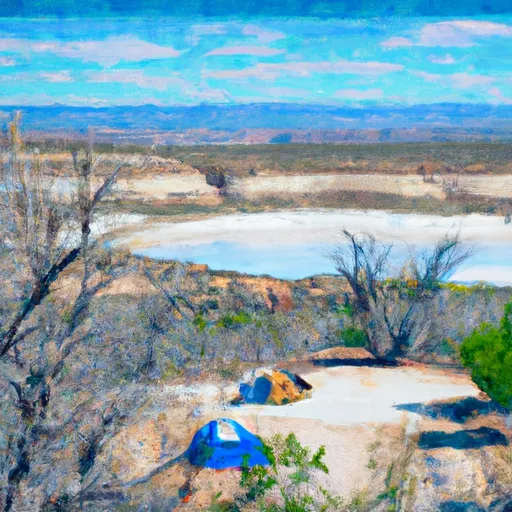 Barker Recreation Area
Barker Recreation Area
|
||
 Posey Lake Campground
Posey Lake Campground
|
||
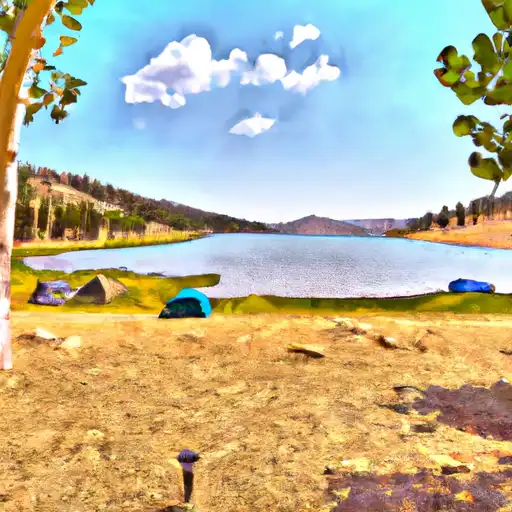 Posy Lake
Posy Lake
|
||
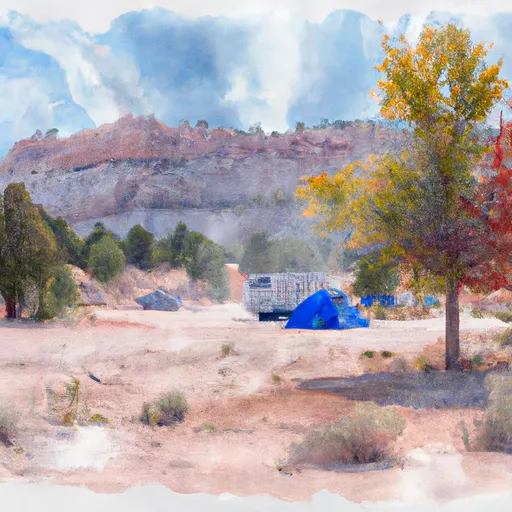 Blue Spruce Campground
Blue Spruce Campground
|
||
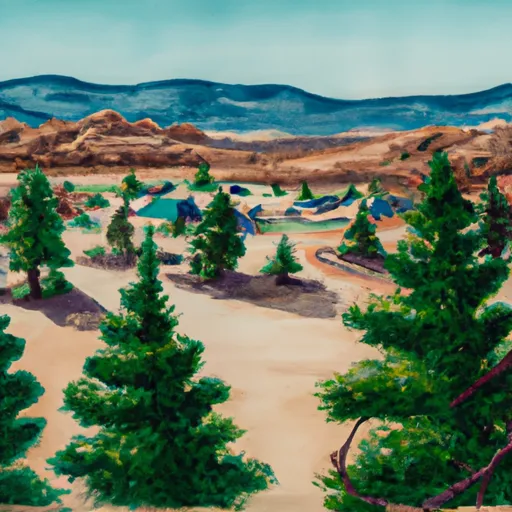 Blue Spruce
Blue Spruce
|

 Flat Lake
Flat Lake
 Joe Lay Reservoir
Joe Lay Reservoir
 Lower Barker Reservoir
Lower Barker Reservoir
 Upper Barker Reservoir
Upper Barker Reservoir
 Dougherty Basin
Dougherty Basin
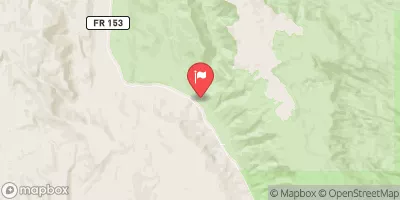
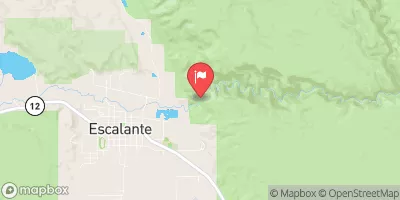
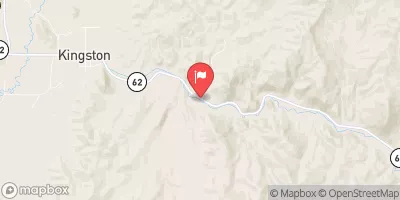
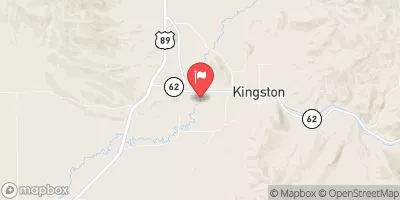
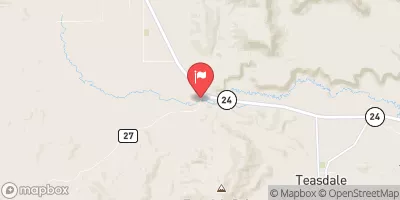
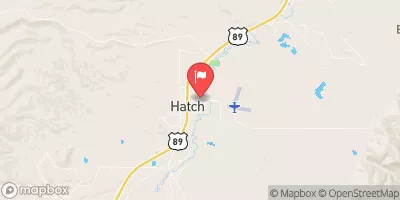
 Barker (Lower)
Barker (Lower)